Get Started: Building Healthy Soil
Regenerative Agriculture is at the forefront of sustainability and climate resiliency in our food system. This is a set of principles and practices based on restoring our soils, watersheds, and biodiversity in our ecosystems. These practices also capture carbon in soil to mitigate atmospheric carbon and build resilience to climate change.
REGENERATIVE HOME GARDENING
Although large scale agricultural projects can implement a number of different pasture and farming practices under this method, the most relevant techniques for home and community gardeners include:
No-till Gardening
Compost and Soil Amendments
In particular, both of these practices contribute to healthy and fertile soil.
SOIL FOOD WEB ILLUSTRATED
WHAT MAKES SOIL “HEALTHY” OR “UNHEALTHY”?
We can measure soil “health” in the diversity of organisms that make up the Soil Food Web and the soil’s ability to function as a complex living system. This ecosystem is able to effectively recycle nutrients and elements from decaying organic matter to feed new life.
“Unhealthy” soil is lacking organic matter and the ecosystem that it sustains, which makes life’s building blocks (nitrogen, carbon, phosphorus, potassium, and trace elements) less accessible for plant growth. Industrialized agriculture typically relies on synthetic chemical fertilizers in place of organic matter and its nutrient cycle. This depleted food web renders the productivity of the soil dependent on continued fertilizer application. The chemical runoff that occurs with rain events contaminates our waterways and contributes to“Dead zones” in our oceans. The cycle of soil and water health is connected on a global scale.
Even on a small scale, however, you can be part of the solution. The benefits of healthy soil in your garden include:
Disease and pest resistance in plants
Robust root and plant growth
Thriving pollinator populations
METHODS TO RESTORE SOIL HEALTH
Compost: This term refers to both the process of decomposition of organic materials and the finished product. It requires oxygen and relies on microbes and invertebrates to break down organic matter. Compost is a rich dark brown color, with a sweet earthy smell, and is free from large chunks of organic matter.
Compost is a crucial “soil amendment,” because it is added to soil to boost microbial life (food web), organic structure, and nutrient absorption by plants
Popular options for DIY composting include: “hot compost” outdoor pile, “in-vessel” rotating bin, worm compost, and bokashi buckets (indoor)
“No-Till” or No-Dig Gardening: This approach avoids deep digging, tilling, or turning over topsoil, which disrupts the soil food web ecosystem.
Amendments like compost, lime, fertilizer, etc, are simply added to the surface of the soil. This mimics how soil is formed in nature and retains its healthy spongy texture
Extensive mulching and use of cover crops or “green manure” replaces the task of weeding
Promotes aeration of soil and supports earthworm populations: remember “If you build it, they will come!” A robust food web will naturally attract worms and nature’s other recyclers into your garden.

